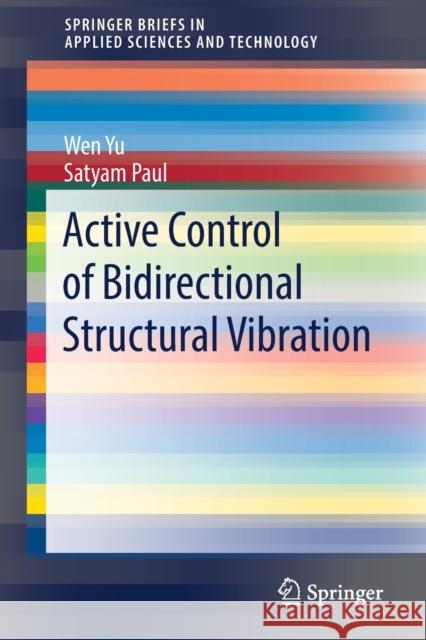Active Control of Bidirectional Structural Vibration » książka
topmenu
Active Control of Bidirectional Structural Vibration
ISBN-13: 9783030466497 / Angielski / Miękka / 2020 / 120 str.
Kategorie:
Kategorie BISAC:
Wydawca:
Springer
Seria wydawnicza:
Język:
Angielski
ISBN-13:
9783030466497
Rok wydania:
2020
Wydanie:
2020
Numer serii:
000457375
Ilość stron:
120
Waga:
0.19 kg
Wymiary:
23.39 x 15.6 x 0.69
Oprawa:
Miękka
Wolumenów:
01
Dodatkowe informacje:
Wydanie ilustrowane











